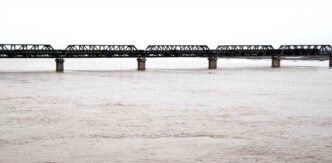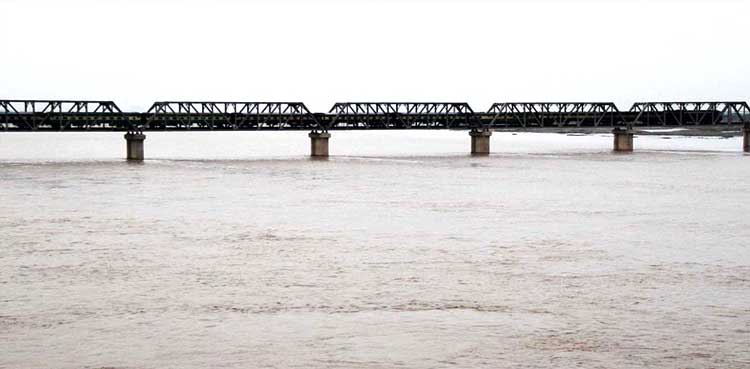Certainly! Here is a comprehensive analysis of the high flood situation in Punjab’s rivers, based on the latest available information.
🌊 1. Current Flood Status and Key Barrage Data
Exceptionally High Flows: Punjab’s rivers, particularly the Sutlej, Ravi, and Chenab, are experiencing “exceptionally high” to “very high” flood levels due to intense monsoon rains and water releases from Indian dams.
Critical Barrage Readings:
Sutlej River: Flows reached 319,000 cusecs at Ganda Singh Wala, straining embankments.
Ravi River: At Balloki Headworks, flows hit 139,000 cusecs—exceeding safe capacity—causing severe overflow and inundation.
Chenab River: At Trimmu Headworks, flows surged to 543,000 cusecs, exacerbating downstream flooding in Sindh.
Panjnad Headworks: The confluence of Chenab and Sutlej recorded 564,000 cusecs, posing a grave risk to downstream areas.
⚠️ 2. Causes of the Flood Crisis
Intense Monsoon Rains: Punjab received 24% surplus rainfall (443 mm vs. 357 mm average), with northwestern India seeing 48% above-normal rain in late August. Cloudbursts in Himachal Pradesh and Jammu & Kashmir intensified river flows.
Dam Water Releases: India released water from upstream dams (e.g., Bhakra, Pong, Ranjit Sagar) to prevent structural failures, worsening downstream flooding in Pakistan. This occurred amid suspended data-sharing under the Indus Waters Treaty.
Infrastructure Deficiencies:
Siltation and Weak Embankments: Rivers like the Ravi operate at half their designed capacity due to silt, while poorly maintained Dhussi Bandhs (temporary embankments) breached easily.
Encroachments and Drainage Blockages: Illegal settlements on floodplains (e.g., 450 villages on Ravi/Beas plains) and obstructed natural drainage amplified impacts.
🏘️ 3. Impact on Human Lives and Agriculture
Human Toll: Over 60 deaths in Pakistan’s Punjab (since August 26) and 46 in Indian Punjab, with millions displaced. A rescue boat capsized near Multan, killing five people.
Displacements and Rescue Efforts: 2.1 million people evacuated in Pakistan’s Punjab, with 4.2 million affected across 4,335 villages. Rescue operations involve army helicopters, boats, and drones.
Agricultural Devastation: 1.84 million acres of crops (rice, sugarcane, cotton, vegetables) destroyed, jeopardizing livelihoods and food security. Livestock losses include 1,543 deaths.
🛟 4. Response and Preparedness
Evacuations and Relief: Punjab CM Maryam Nawaz is monitoring operations from a control room, with relief camps providing tents and food. However, many evacuees prefer makeshift shelters due to poor camp conditions.
Cross-Border Tensions: India issued flood alerts via diplomatic channels, but Pakistan alleges insufficient data sharing, citing India’s suspension of the Indus Waters Treaty as a critical hurdle.
Downstream Threats in Sindh: Floodwaters are expected to peak at Guddu Barrage with 800,000 cusecs on September 9, prompting evacuations of 320,000 people in Sindh.
💎 5. Conclusion and Outlook
The flood crisis in Punjab underscores the compound effects of climate-driven monsoon intensification and geopolitical tensions. While immediate rescue efforts are underway, long-term solutions require:
Reinforced Infrastructure: Strengthening embankments, desilting rivers, and restoring natural drainage.
Transboundary Cooperation: Reviving the Indus Waters Treaty framework for real-time data sharing and coordinated dam management.
Climate Resilience: Integrating flood risk into agricultural planning and urban development







